-

tert-Butyl (2,2-dimethylpiperidin-4-yl)carbamate CAS:1785257-92-2
Tert-Butyl(2-cyanopropan-2-yl)carbamate is a chemical compound known for its versatile applications in synthetic chemistry. This molecule, with its unique structure containing a tert-butyl group, cyanopropan-2-yl moiety, and carbamate functional group, serves as a valuable building block for the synthesis of complex organic compounds. Tert-Butyl(2-cyanopropan-2-yl)carbamate offers researchers and chemists a convenient tool for structure modification and diversity-oriented synthesis strategies, making it a key intermediate in the development of new materials and bioactive molecules.
-
![Pyrazolo[1,5-a]pyrimidin-7-one CAS:29274-23-5](https://cdn.globalso.com/xindaobiotech/1ZNB2ZF342ZWRNG256.png)
Pyrazolo[1,5-a]pyrimidin-7-one CAS:29274-23-5
Pyrazolo[1,5-a]pyrimidin-7-one is a heterocyclic compound with a unique chemical structure. This molecule belongs to the class of pyrazolopyrimidine derivatives and is known for its diverse potential applications in various fields including pharmaceuticals, agrochemicals, and material science. With its characteristic seven-membered ring containing nitrogen atoms, Pyrazolo[1,5-a]pyrimidin-7-one exhibits interesting properties that make it a valuable building block for synthesizing novel compounds with promising properties.
-
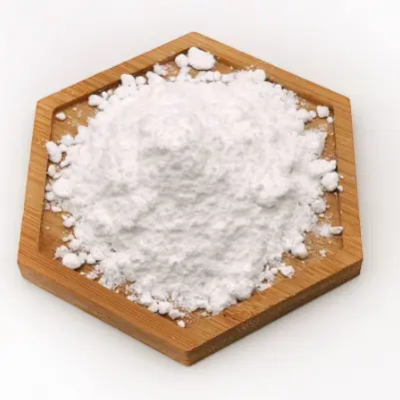
Levomefolic Acid CAS:31690-09-2
Levomefolic Acid, also known as L-5-Methyltetrahydrofolate or L-MTHF, is the active, methylated form of folate that plays a crucial role in various biochemical processes in the body. As a bioavailable and metabolically active form of folate, Levomefolic Acid is essential for DNA synthesis, methylation reactions, neurotransmitter production, and overall cellular health. This specialized form of folate offers superior absorption and utilization compared to traditional folic acid supplements, making it a preferred choice for individuals with specific genetic variations impacting folate metabolism.
-
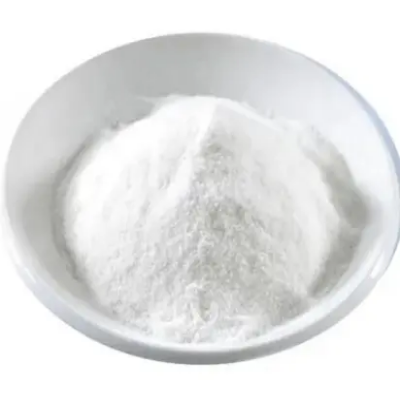
Levomefolate calcium CAS:151533-22-1
Levomefolate calcium is the biologically active form of folate, a vital B vitamin essential for various physiological functions in the body. As a salt form containing levomefolate, the active form of folic acid, combined with calcium, this compound offers enhanced bioavailability and effectiveness. Levomefolate calcium plays a crucial role in supporting DNA synthesis, red blood cell production, and overall cellular health. It is commonly used in supplements and pharmaceutical formulations to address folate deficiencies and support proper functioning of bodily processes.
-

Ethyl 3-(benzylamino)-3-methylbutanoate CAS:17945-54-9
Ethyl 3-(benzylamino)-3-methylbutanoate is a chemical compound featuring an ethyl ester group attached to a butanoate moiety substituted with a benzylamino group. This molecule exhibits unique structural characteristics that offer diverse reactivity and potential applications in organic synthesis. Ethyl 3-(benzylamino)-3-methylbutanoate serves as a valuable intermediate for the synthesis of various organic compounds due to its distinct functional groups and versatile nature.
-
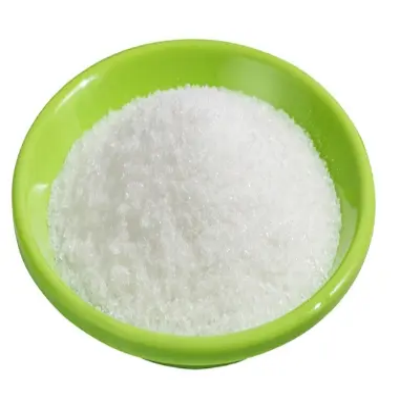
Lipoic Acid CAS:62-46-4
Lipoic Acid, also known as Alpha-Lipoic Acid (ALA), is a powerful antioxidant compound that plays a crucial role in cellular energy production and oxidative stress reduction. It is a coenzyme involved in mitochondrial metabolism and exhibits versatile properties beneficial for overall health and wellness. Lipoic Acid can be found naturally in certain foods and is commonly used in dietary supplements to support various physiological functions.
-

GlucosaMine L-5-Methyltetrahydrofolate CAS:1181972-37-1
Glucosamine L-5-Methyltetrahydrofolate combines the joint health benefits of glucosamine with the bioactive form of folate, L-5-Methyltetrahydrofolate (L-MTHF). Glucosamine is a compound naturally found in cartilage and is commonly used to support joint function and mobility. L-MTHF, an active form of folate, plays a crucial role in DNA synthesis, methylation processes, and overall cellular health. This innovative combination product offers comprehensive support for joint health and overall well-being.
-

trans-2-(3,5-dichlorophenyl)cyclopropan-1-amine hydrochloride CAS:2503206-26-4
Trans-2-(3,5-dichlorophenyl)cyclopropan-1-amine hydrochloride is a chemical compound containing a cyclopropane ring substituted with a 3,5-dichlorophenyl group and an amine moiety, presented as the hydrochloride salt. This molecule’s unique structure confers distinct reactivity and potential applications in organic synthesis and pharmaceutical research. Trans-2-(3,5-dichlorophenyl)cyclopropan-1-amine hydrochloride serves as a valuable intermediate for the preparation of diverse organic compounds due to its structural complexity and functional groups.
-
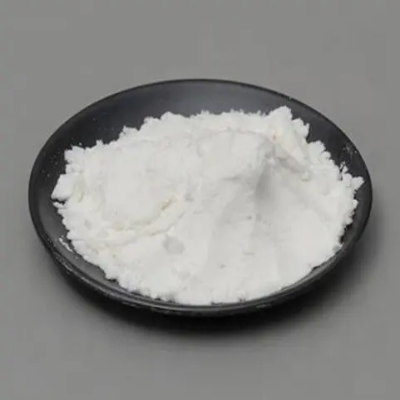
ethyl 2-(piperidin-3-yl)propanoate hydrochloride CAS:2107353-16-0
Ethyl 2-(piperidin-3-yl)propanoate hydrochloride is a chemical compound known for its structural composition featuring an ethyl ester group attached to a propanoic acid moiety substituted with a piperidin-3-yl group as the hydrochloride salt. This molecule exhibits unique reactivity and potential applications in organic synthesis and pharmaceutical research. Ethyl 2-(piperidin-3-yl)propanoate hydrochloride serves as a valuable intermediate for the synthesis of various organic compounds due to its distinct structure and functional groups.
-

Bivalirudin CAS:188627-80-7
Bivalirudin is widely employed in clinical settings for anticoagulation therapy during PCI procedures, particularly in patients with heparin-induced thrombocytopenia (HIT) or those at high risk of bleeding complications. Its direct thrombin inhibitory mechanism offers effective anticoagulation with predictable dosing, reduced risk of thrombotic events, and lower rates of bleeding compared to heparin-based regimens. Bivalirudin’s shorter half-life allows for quick reversal of its anticoagulant effects if needed, providing clinicians with greater control over the patient’s coagulation status during and after the procedure.
-
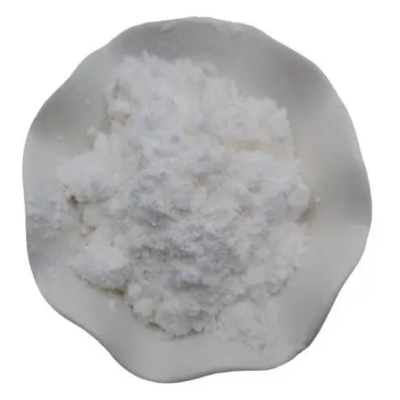
cis-1-(4-Bromophenyl)-3-hydroxycyclobutanecarboxylic acid CAS:1199556-64-3
cis-1-(4-Bromophenyl)-3-hydroxycyclobutanecarboxylic acid is a chemical compound featuring a cyclobutane ring substituted with a 4-bromophenyl group and a hydroxycarboxylic acid moiety, exhibiting cis configuration. This molecule’s specific structure provides unique reactivity and potential applications in organic synthesis and medicinal chemistry. cis-1-(4-Bromophenyl)-3-hydroxycyclobutanecarboxylic acid serves as an important intermediate for the synthesis of various organic compounds due to its distinct functional groups and stereochemistry.
-

4-Boc-3,3-dimethyl-2-piperazinone CAS:1104383-06-3
4-Boc-3,3-dimethyl-2-piperazinone is a chemical compound featuring a piperazinone ring substituted with tert-butoxycarbonyl (Boc) protecting group and two methyl groups. This molecule possesses unique structural characteristics that offer diverse reactivity and potential applications in organic synthesis and medicinal chemistry. 4-Boc-3,3-dimethyl-2-piperazinone serves as a valuable intermediate for the synthesis of various organic compounds due to its distinct functional groups and versatile nature.

